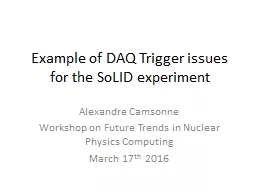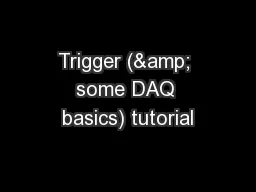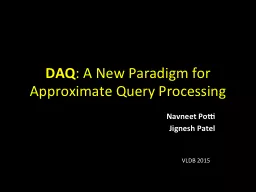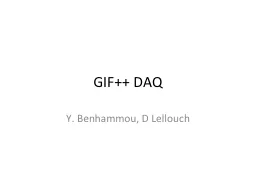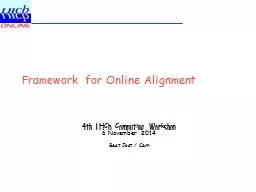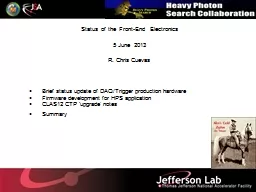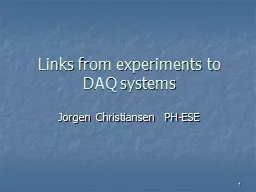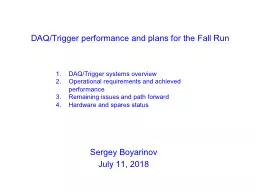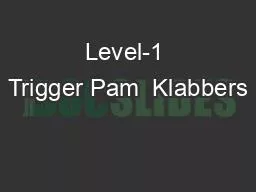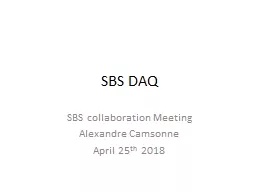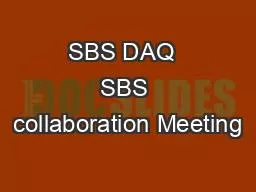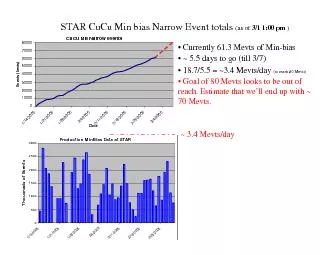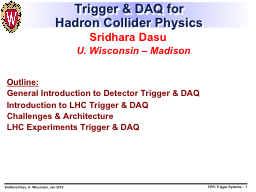PPT-Example of DAQ Trigger issues for the SoLID experiment
Author : pattyhope | Published Date : 2020-06-16
Alexandre Camsonne Workshop on Future Trends in Nuclear Physics Computing March 17 th 2016 JLab DAQ specifics Almost continuous machine 499 MHz repetition
Presentation Embed Code
Download Presentation
Download Presentation The PPT/PDF document "Example of DAQ Trigger issues for the So..." is the property of its rightful owner. Permission is granted to download and print the materials on this website for personal, non-commercial use only, and to display it on your personal computer provided you do not modify the materials and that you retain all copyright notices contained in the materials. By downloading content from our website, you accept the terms of this agreement.
Example of DAQ Trigger issues for the SoLID experiment: Transcript
Download Rules Of Document
"Example of DAQ Trigger issues for the SoLID experiment"The content belongs to its owner. You may download and print it for personal use, without modification, and keep all copyright notices. By downloading, you agree to these terms.
Related Documents

